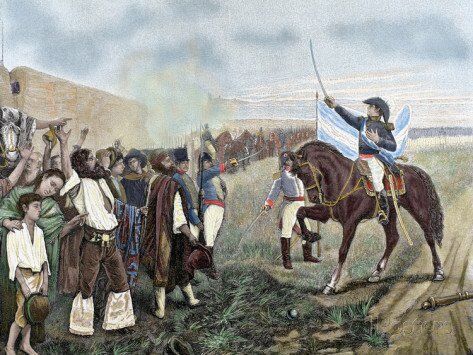
This movement began when the British attacked Buenos Aries and local militant’s repelled them with the aid of Spain. Additionally significant were the consequences of Napoleon I’s mediation in Spain, starting in 1808. Napoleon’s topple of Ferdinand VII shoved Spain into a common battle between two opponent governments one set up by Napoleon and the other made by enthusiastic juntas for the sake of the banished lord and supported by the British. Under old standards of Spanish law, the lord’s domains in America reserved the privilege to administer themselves until the reclamation of a legal ruler, and on May 25, 1810 (presently celebrated as the day of the unrest), Buenos Aires set up an independent viceroyalty for the sake of Ferdinand, forthcoming his rebuilding. Notwithstanding, when it became clear that Ferdinand was essentially frail after his rebuilding in 1814, a gathering of the individuals from the viceroyalty met at a home in San Miguel de Tucumán to talk about the circumstance.
On July 9, 1816, they announced the country autonomous under the name of the United Provinces of the Río de la Plata. Quite a while of hard battling followed before the Spanish traditionalists were vanquished in northern Argentina. They stayed a danger from their base in Peru until it was freed by José de San Martín and Simón Bolívar in 1820–24. The Buenos Aires government attempted to keep up the trustworthiness of the old Viceroyalty of the Río de la Plata, but the outlying bits, never adequately controlled, before long were lost.
Works Cited
“Argentina Celebrates 200 Years of Independence.” Encyclopedia Britannica, https://www.britannica.com/story/argentina-celebrates-200-years-of-independence.
Master Strategist. “Argentine War of Independence.” Historica Wiki, https://historica.fandom.com/wiki/Argentine_War_of_Independence. Accessed 21 Feb. 2021.
